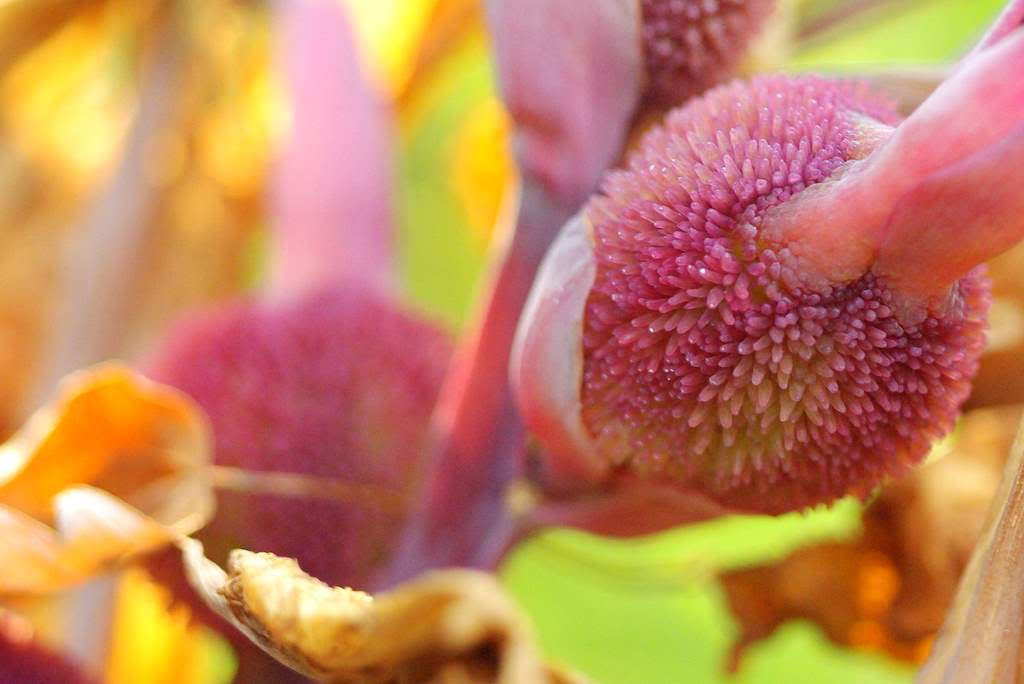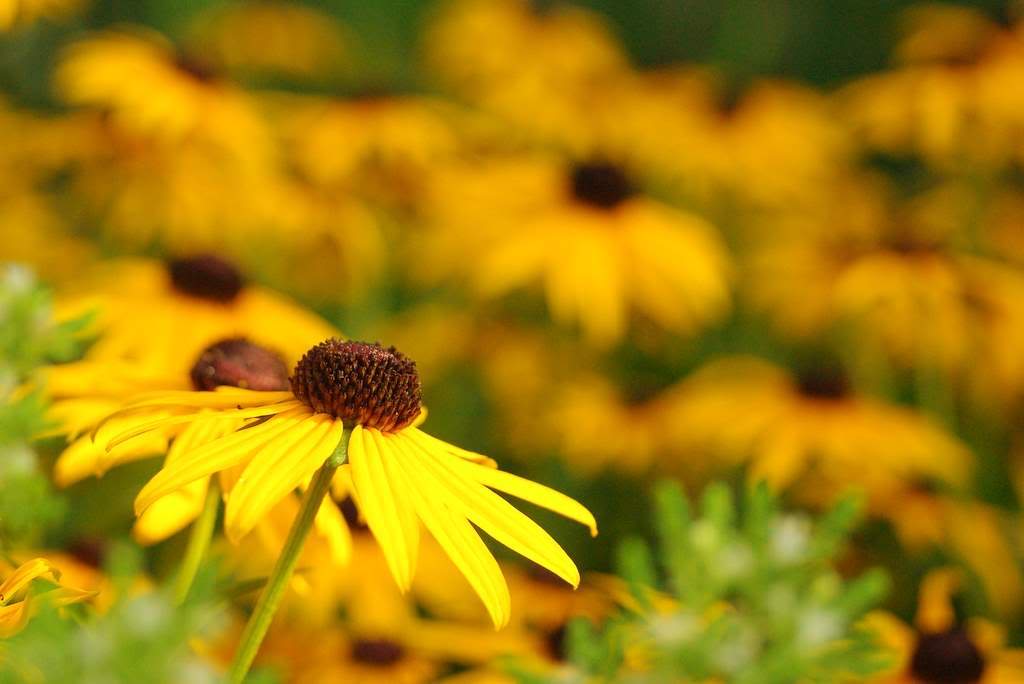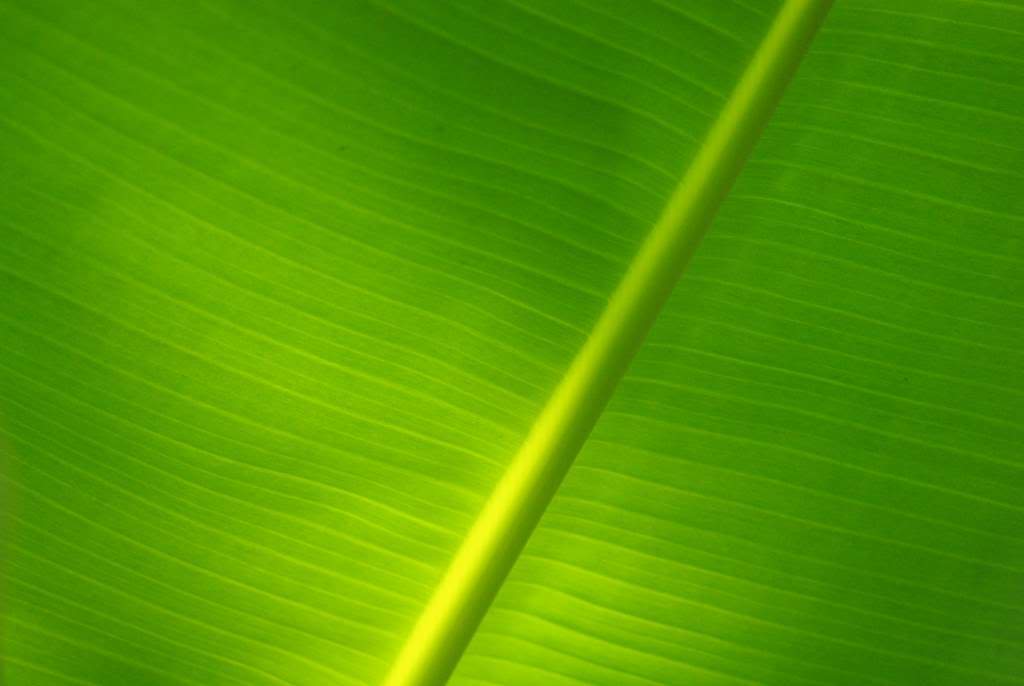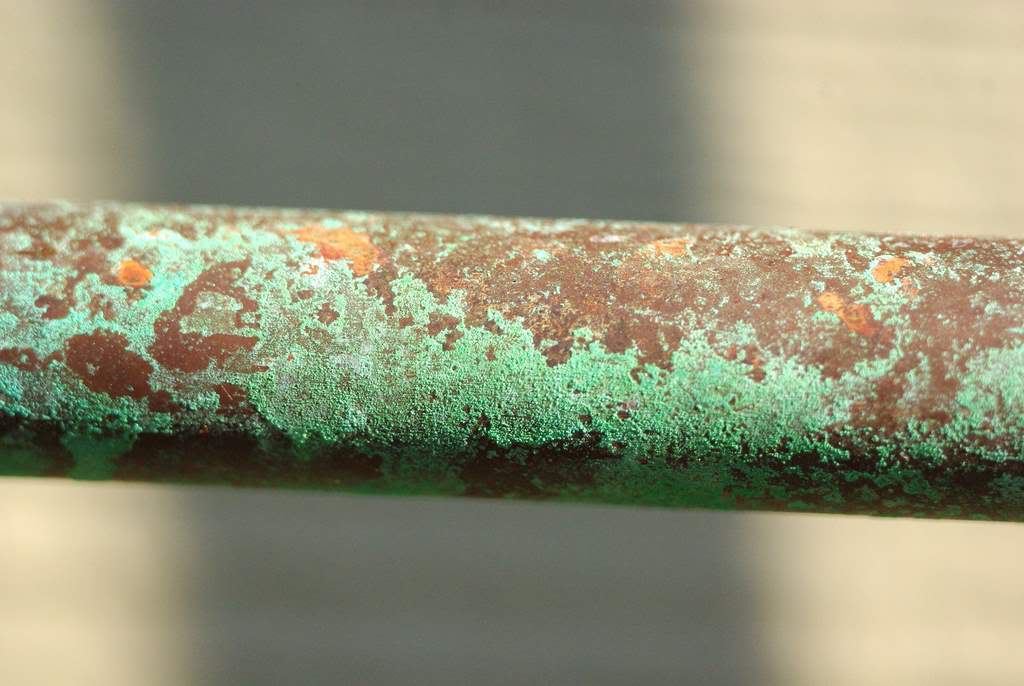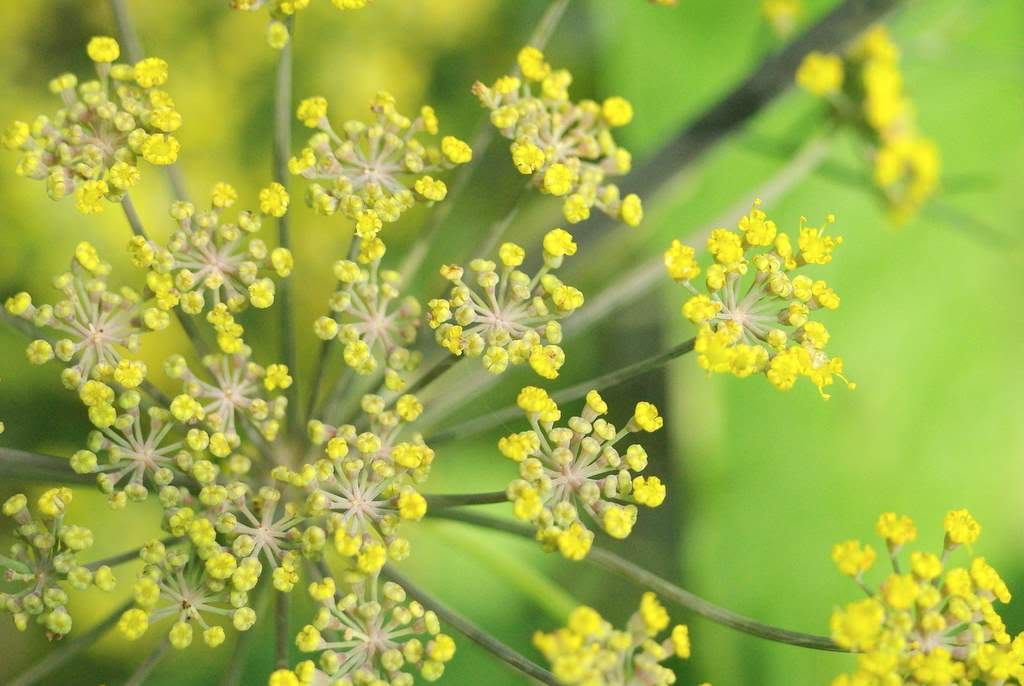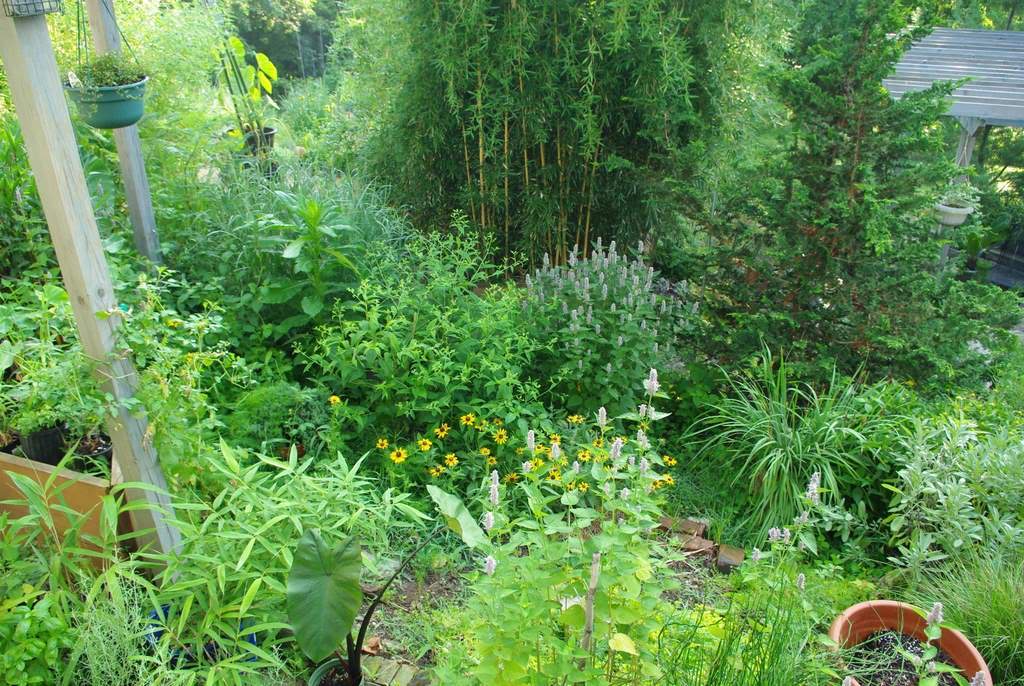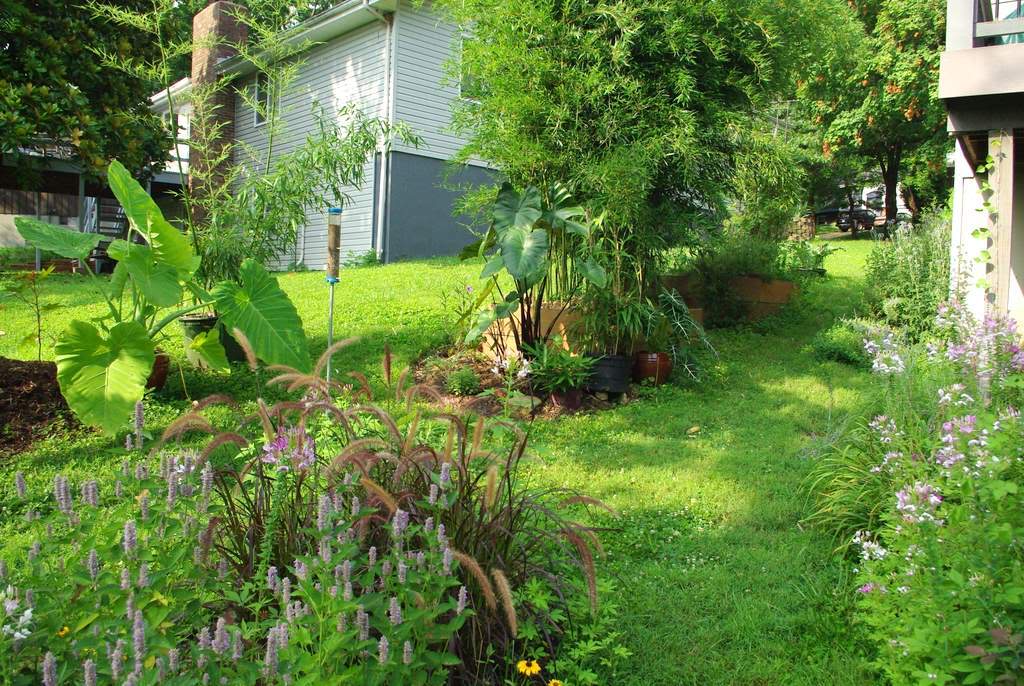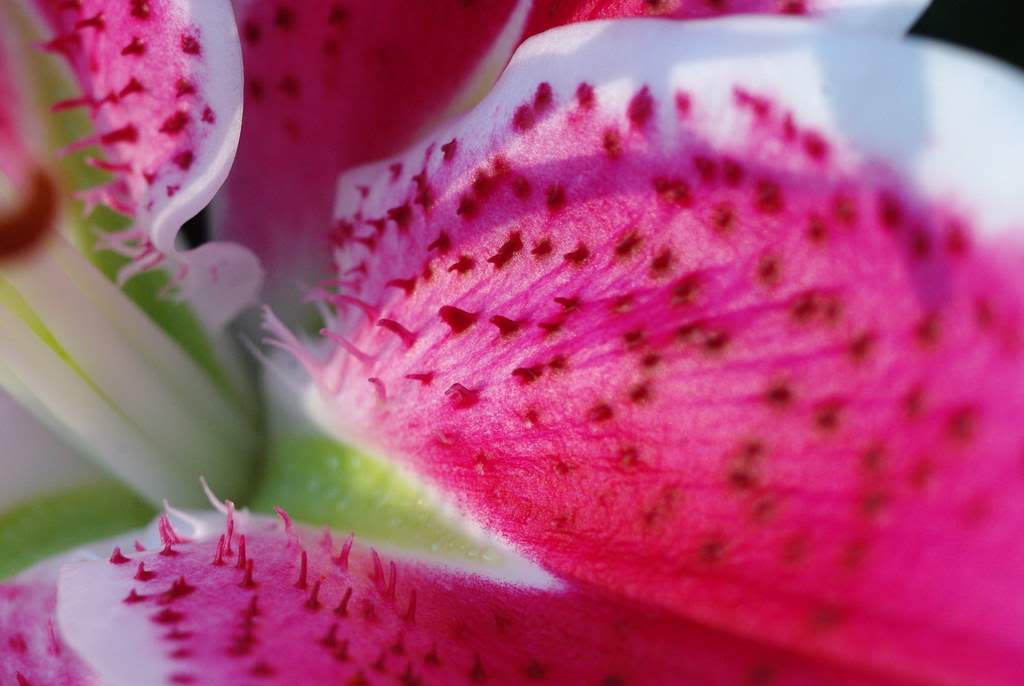We gardeners share our playgrounds with lots of other critters -- that's not a surprise to any of us, is it? Some of them we consider to be pests and dread seeing in our yards (unless they're behaving themselves). Deer, rabbits, woodchucks, gophers and the like fall into this category. On the other hand there are those that we definitely love seeing in the garden: various birds, frogs, turtles, butterflies. They don't cause any damage and make the place more alive. Then there are some critters that some people love and some people do not: snakes, lizards, spiders. (I personally love all of these, and am still trying to attract snakes and lizards into my yard.) Finally there are critters that we don't really care about or even notice until they do something "noteworthy". In this last category I would put mice, voles, and shrews. These smaller animals are probably more common in your garden if you have a "wild" area nearby or within your yard, such as woods or grassy fields.
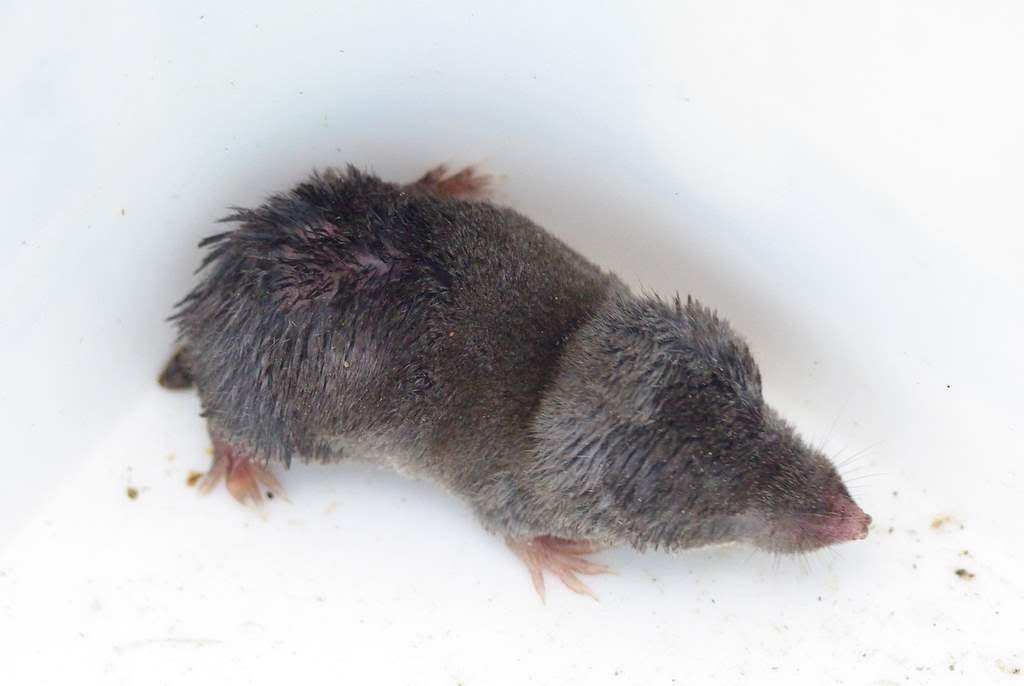
They probably live most of their lives completely unnoticed by you, or maybe you'll get a glimpse of them once in a while. Unless of course they do something you don't want them to, or go somewhere you don't want them to be. This second case is what I'm dealing with right now.
Read more...
